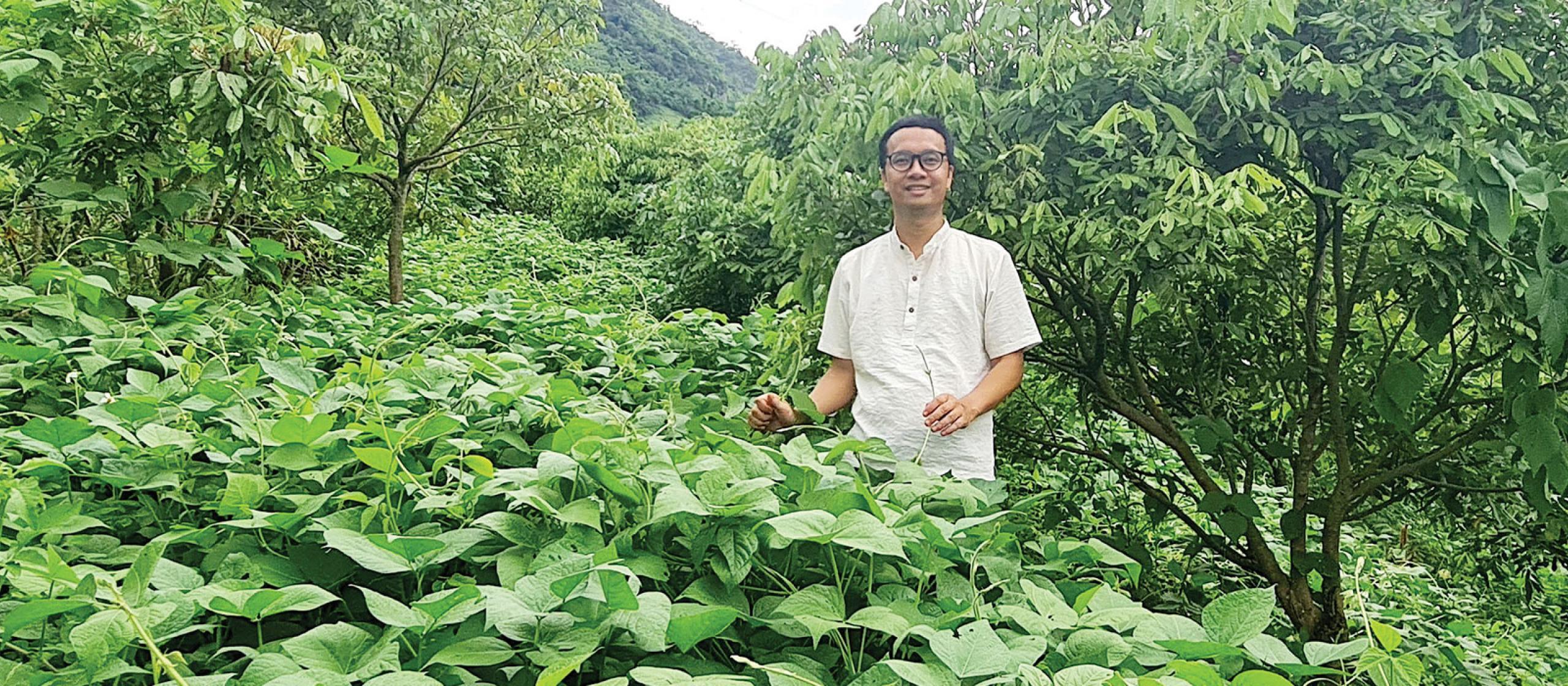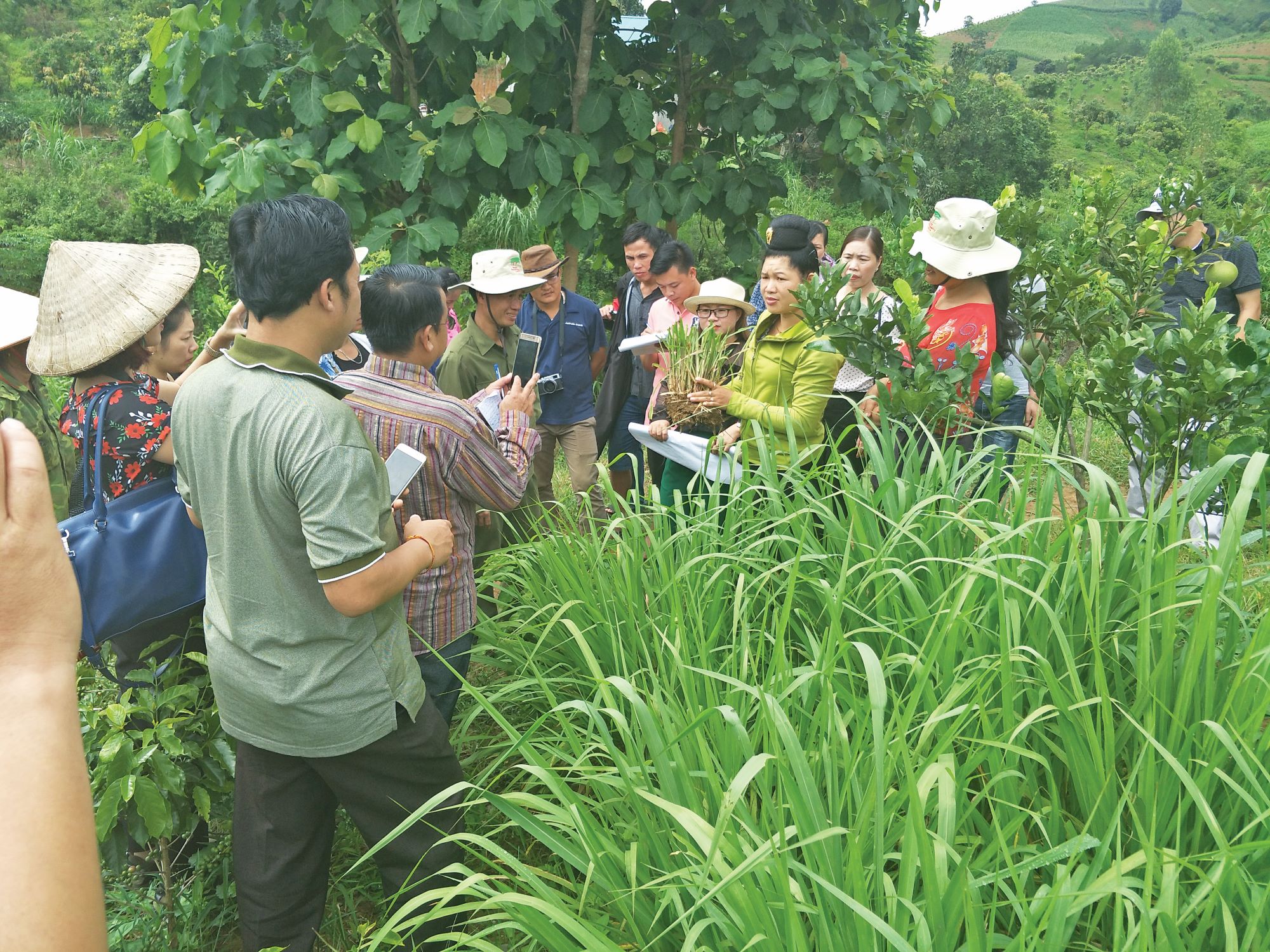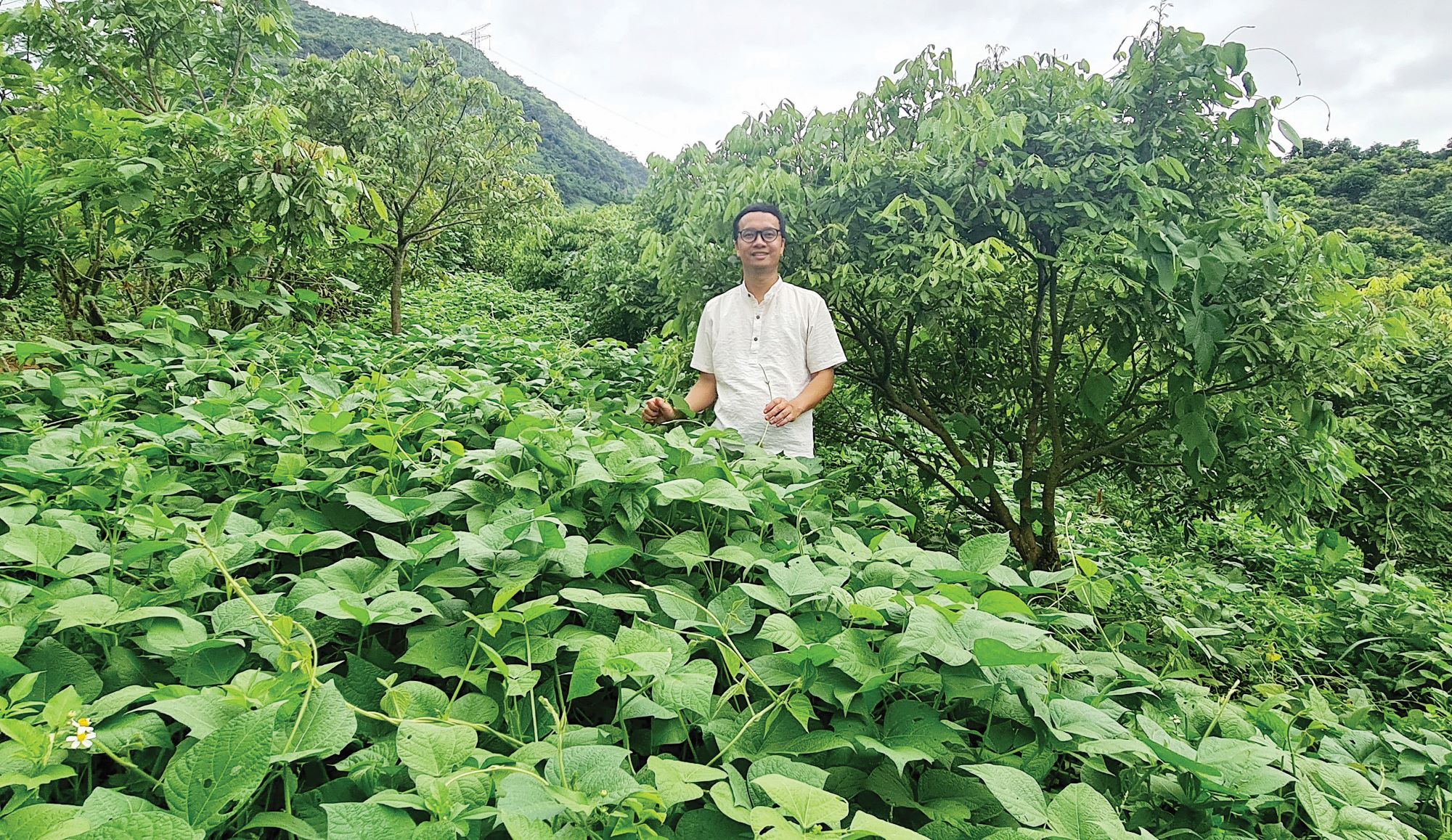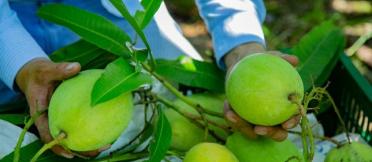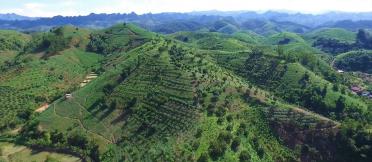An ACIAR-supported project to reduce erosion on steep upland slopes in the north-west Vietnam/north-east Laos border region has become a lesson in adaptability – for researchers as well as the smallholder farmers they have been working with.
This area is a remote region that struggles with endemic poverty and was long ago dedicated to poppy production.
Launched in 2017, the primary focus of the 6-year project was to improve maize-based farming systems on sloping lands along the Vietnam and Laos border, improving income stability and reducing soil degradation.
However, the start of the project coincided with low maize prices. Following a policy implemented as a result of the research outputs from an ACIAR-supported agroforestry project, provincial and district authorities in Vietnam provided incentives to encourage farmers to diversify from maize, which reduced maize plantings by 20%.
